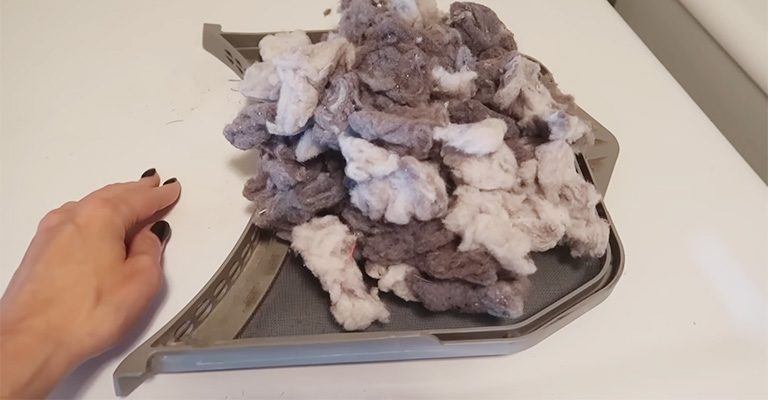Dryer lint is a common byproduct of doing laundry, but have you ever wondered what to do with all that fluffy, colorful fuzz that accumulates in your dryer’s lint trap?
While it may seem like a nuisance to some, dryer lint can actually be a valuable resource with a range of practical and creative uses.
What You Can Do With Dryer Lint
The material can be used to make a variety of items, from papier-mâché projects to fire starters. You might think twice before throwing away dryer lint after reading these uses.
1. Keep Soil From Eroding And Weeds From Growing
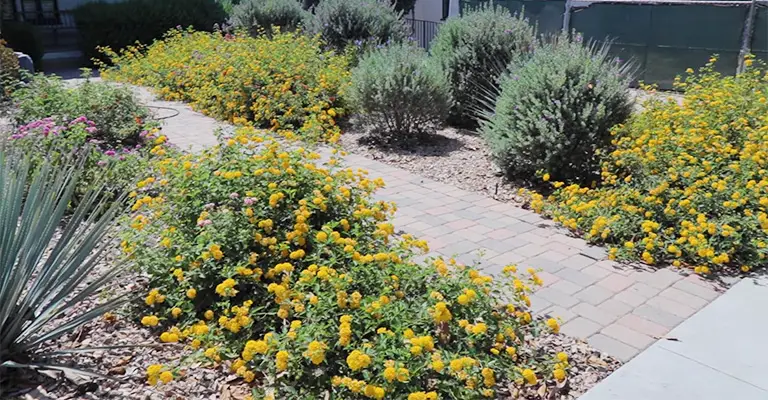
If you need extra help in areas that suffer from erosion and weed growth, you can prevent it with a thick layer of lint. Lint is not a good mulch for plants you want to thrive, but weeds won’t grow in areas overgrown with it.
If you have a compost pile, you can add lint from natural fibers such as cotton, linen, and flax directly to it. Use a rake or shovel to evenly distribute handfuls of the compost over the pile, moisten with water, and mix together.
2. Create A Papier-Mâché Project
Your next papier-mâché project can be made with dryer lint instead of newspaper strips. There are fewer layers to mold and it will be easier to do so.
Because they are inexpensive and everyone has lint to contribute, these projects can be used by organized groups. It is easy to collect large amounts of lint at one time at a local laundromat.
3. Make Paper
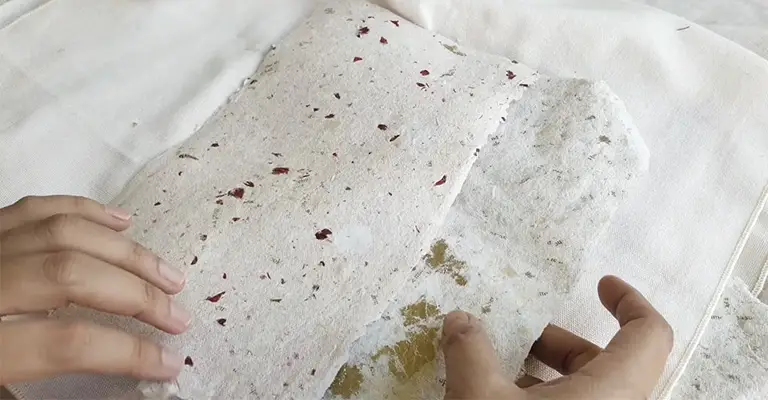
Keep your dryer lint in a container. Afterwards, you can use it to make beautiful, handmade papers for your cardmaking and scrapbooking projects.
4. Line Garden Containers
Plant pots can be lined with dryer lint to prevent soil from spilling out the drainage holes.
In addition to acting as a blotter, the lint layer will also capture extra moisture and make it available later to the roots.
For plants that require dry soil, such as cacti and succulents, this container gardening tip is not recommended.
5. Spin Into Thread
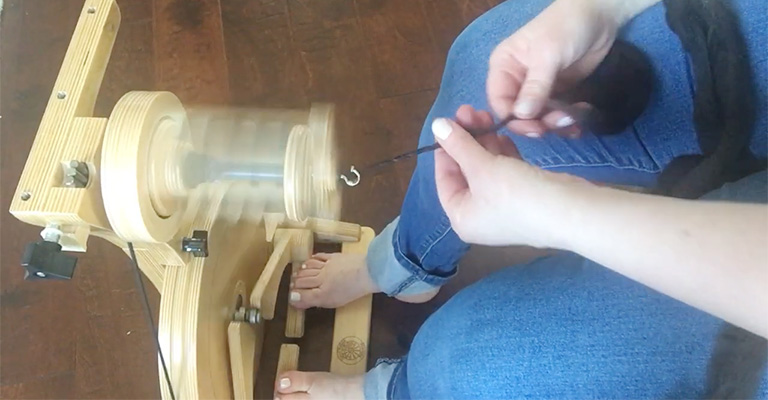
Using lint as yarn or thread for knitting or crochet projects is an interesting fiber art technique. Natural dyes can also be used to create a range of beautiful colors if the thread color is not your favorite.
6. Use As Mulch
If you do not use dryer sheets, which may leave unwanted chemical residue, you can use dryer lint as a mulch around potted plants.
7. Oil Down Tools
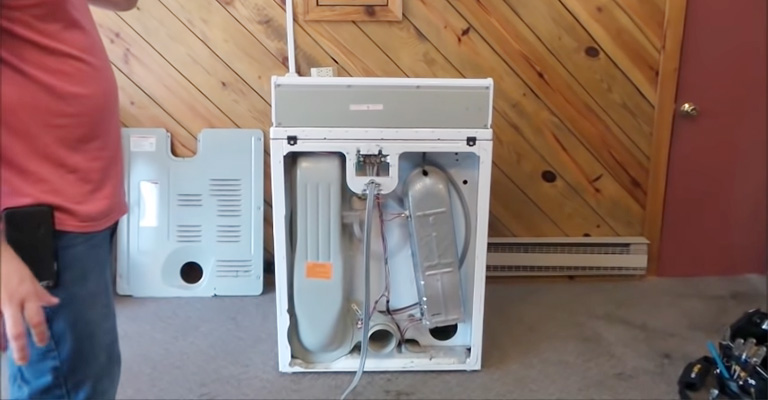
You can prevent wooden-handled tools from cracking by applying linseed oil with dryer lint, and you can keep metal parts from rusting (after cleaning).
Toss the lint and linseed oil in the trash once they have dried completely. Before putting away any rags used with an oil-based finish or stain, make sure they are thoroughly dried.
8. Soak Up Spills
In the event that you spill motor oil on your driveway or garage floor but do not have any kitty litter on hand, use a wad of dryer lint to absorb the spill. Cornstarch can also be used to soak up spills if you run out of dryer lint.
9. Use It As Stuffing
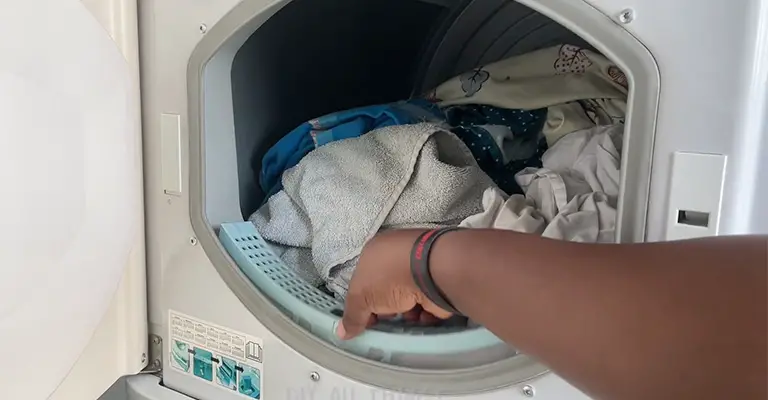
Make your pillows and stuffed animals more comfortable by stuffing them with dryer lint, a fiber that came off your clothes after you washed them.
Dryer lint can also be used to make stuffed dummies and scarecrows when combined with wadded newspapers and old clothes.
Whether you’re making a craft project, ornament or toy, you can fill it with lint. Once again, it is free and clean!
Any project that will later be washed should not be made with dryer lint. In this case, the stuffed object will lose shape as a result of the lint compacting.
10. Make Dryer Clay
Give the kids a quick taste of clay by whipping up a batch. Easy to make and lots of fun to play with, dryer clay is a great way to get your hands dirty.
Apart from dryer lint, all you need is one tablespoon of dishwashing soap, 1/4 cup of warm water, and 1/3 cup of white glue. Quick, simple, and inexpensive, the process takes just a few minutes.
11. Use It as Pet Bedding
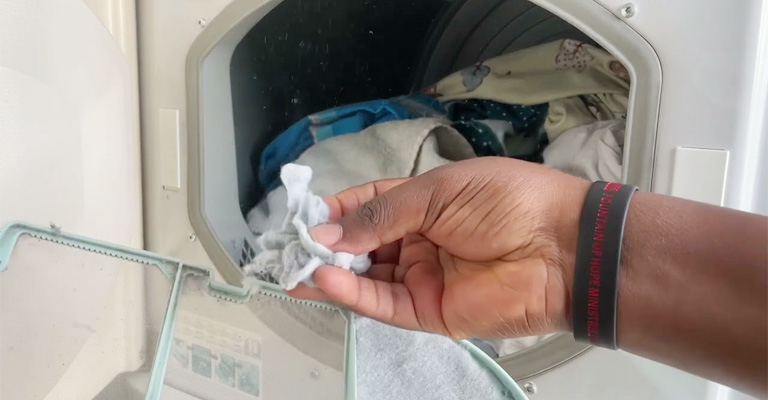
What kind of pet do you have? Do you have a hamster, gerbil, guinea pig, or rat? All that fluff that you removed from the lint trap can be deposited in their cage.
It will make their bedding more comfortable, and you won’t need to buy them anything else.
12. Compost It
The lint from your dryer can be used in your garden as free soil if you throw it on your compost pile. Cotton and linen lint will break down more readily than human-made fibers.
Use only natural lint. A garden supply center sells compost, but why pay extra for it? With dryer lint and many other household materials, you can easily make your own.
If you have an indoor or outdoor garden, compost will make your vegetables grow faster and healthier.
13. Make Fire Starters
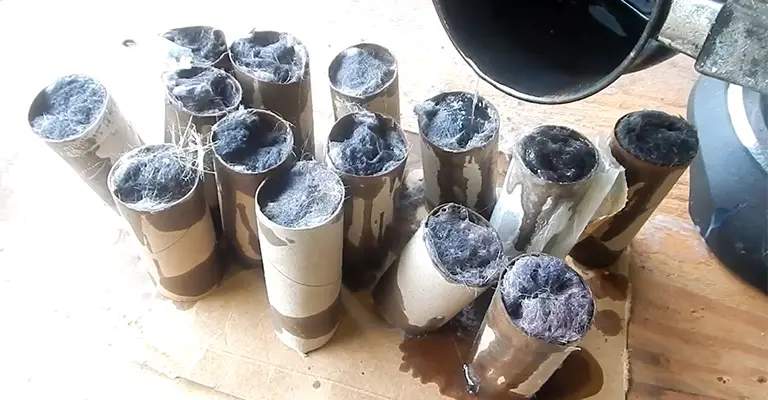
Using dryer lint as a fire starter is a good idea because it’s super flammable. All you have to do is stuff a bunch inside a toilet paper roll, wrap it in newspaper, tuck in the ends, and you’re done.
The following steps will guide you through the process of making longer-burning fire starters.
In addition to the dryer lint, you’ll need cardboard egg cartons and candle wax. Just 15 minutes are needed to complete the project.
Using a small piece of toilet paper or paper towel tubing as a fire starter is one way to create fire starters.
You can start your kindling quickly with the lint. Taking these starters along on a camping trip is very convenient because they are lightweight. You can keep them dry by storing them in resealable plastic bags.
In addition to packing lint into paper egg cartons, Styrofoam cartons can also be used to make fire starters.
The lint should be covered with melted candle wax. Divide the egg carton into 12 separate fire starters. Start your fire by lighting the edge of a paper egg cup and placing it next to your kindling.
14. Prevent Erosion
Lint from dryers can create a barrier that protects soil from erosion when spread out and dampened with water. Lint can be used as an underlayer and covered with decorative stones if you do not like how it looks soggy.
Dryer Lint Paper Making Supply List
- Blender
- Warm water
- Dryer lint
- Mixture made from old paper ripped into small pieces to add body
- Food coloring
- Plain wooden picture frame
- Staple-able window screen material
- Waterproof glue or a staple gun
- A large plastic dish pan or a baby bathtub
- Soft rags that are clean
Instructions:
- Using an old picture frame, staple window screen material around it to make your paper drying frame. Several frames may be necessary in order to make more than one sheet of paper at a time.
- In a shallow pan large enough to accommodate the picture frame, combine water, lint, and torn paper. After soaking for about 30 minutes, it should be soft and saturated.
- The result is a pulp mixture known as “slurry”. Using a blender, pour one cup of the slurry into the blender and add more water to fill it up. For a smooth, creamy texture, blend it for a few seconds.
- A large tub should be filled with paper mush. The tub should be filled with mushy water after repeating this step several times.
- Make sure to remove any clumps you see from your paper in order to make it smooth. Whenever you see the color of the slurry, that’s the color of your paper. Now is the time to add food coloring.
- A frame with a screen on the bottom should be immersed in the slurry. Ensure the frame remains level while being covered with pulp.
- Once you have an even layer of pulp covering the top of the screen, slowly move the frame back and forth. Pick up the frame slowly from the water.
- Make sure all chunky or lumpy areas are smoothed out. As soon as the screen begins to drip, move it to a safe place to begin drying. Add additional frames if necessary.
- If there is still water in the pulp, press it down and release it with a soft, thin rag once the paper feels dry. In the frame, spread out the rag and leave it over the pulp.
- The rag should be removed from the frame very gently after it has dried. Instead of sticking to the screen, the paper should remain attached to the rag.
- The paper should be allowed to dry on a flat surface once the screen and paper have been separated without removing the fabric.
- After the paper has dried completely, remove the cloth. Pull it gently away from the fabric once it has reached full dryness. You can now use the completed paper.
Final Words
Dryer lint is created when you use a clothes dryer. If you want to prevent dryer lint from building up, you should remove it from the dryer after each load.
By doing this, you can reduce the risk of a devastating home fire as well as improve the efficiency of your dryer. In your laundry room, place a container for collecting lint if you want to recycle it.
The top of a milk jug can be cut off and hung on a hook, as can a plastic grocery bag hung on a hook. Each time you clean the lint trap on the dryer, add the lint you find. You’ll be surprised at how quickly it adds up.

